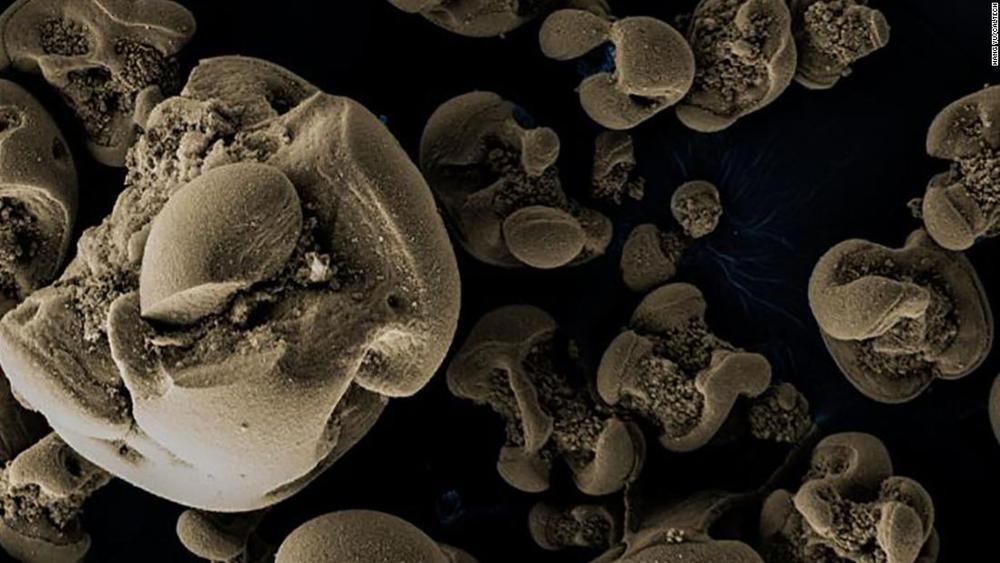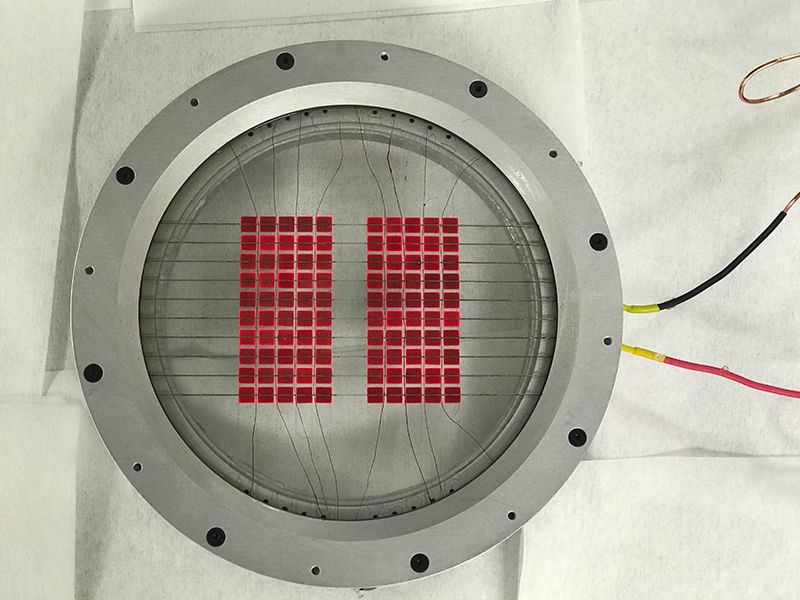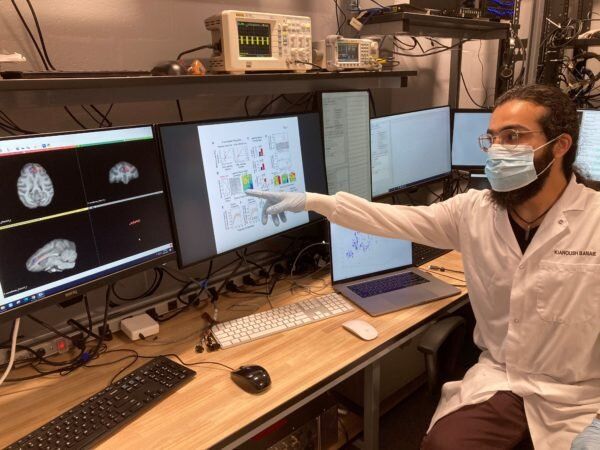Linus Torvalds, the creator of Linux, offered up some interesting thoughts on Intel’s Advanced Vector Extensions 512 (AVX-512) instruction set, calling it a “power virus” that was only created to make the company’s CPU hardware perform well in benchmarks. He also admitted to being “biased” and “grumpy” in his assessment.
His comments came in a mailing list (via Phoronix) discussing an article suggesting AVX-512 might not be part of Intel’s upcoming Alder Lake architecture. If that comes to pass, it will be just fine by Torvalds.









